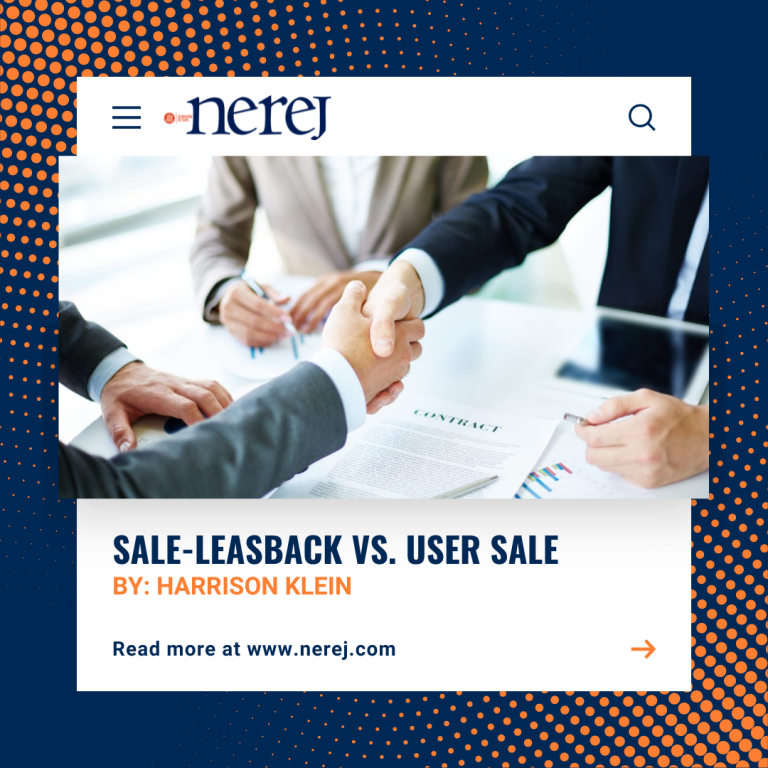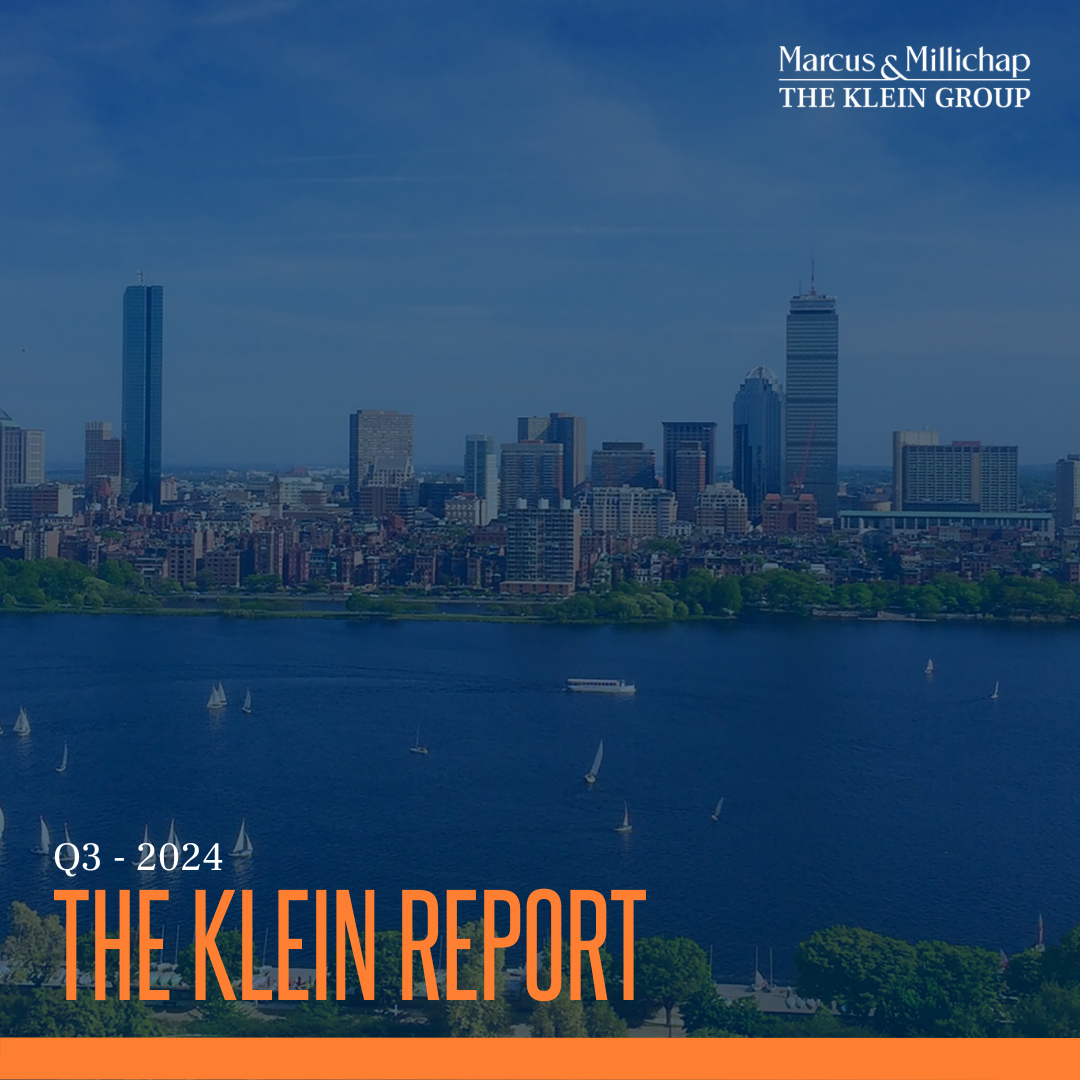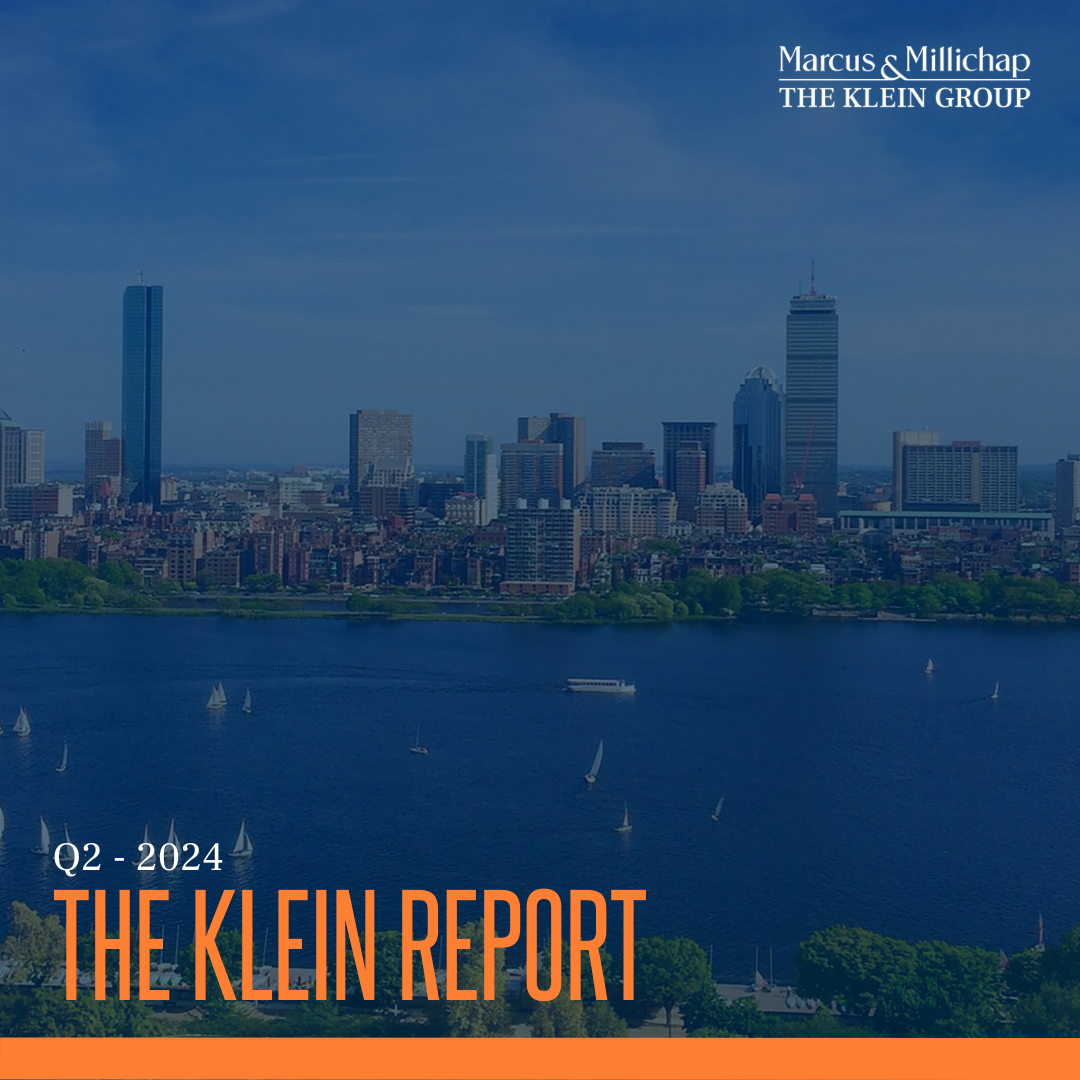Selling vacant to an owner-user was once the obvious choice for maximizing the sale price. However, the bullish pace of the industrial market shattered this paradigm. Investors identified the remarkable upward trajectory of property values and began adopting a forward-looking approach, being willing to pay today based on much higher future projected rents. Users historically required specific locations, which forced them to overpay to secure the correct building. As prices pushed higher, doubling in five years, users started getting beat out by high-paying investors.
A recurring conversation arises when evaluating owner-occupied industrial properties:
“Are you better off doing a sale-leaseback or selling your building vacant?”
First, let’s explore how a user values a building. Let’s assume your building perfectly fits their needs regarding size and doesn’t need renovations. The buyer will finance the property today at a rate of around 7% and an amortization of thirty years. Assume a 25,000-square-foot building is selling for $5 million. With a 90% Small Business Administration (SBA) loan, the buyer will pay about $380,000 per year, or $15 per SF. The user will compare this to what they could rent the same building for. Today, most users are willing to pay slightly more in debt service than rent because the mortgage payment is fixed for at least five to ten years, allowing equity growth through building appreciation. However, the down payment can be a hurdle for smaller users and those focused on investing in other areas, such as equipment.
We frequently sell buildings to owner-users at prices 30% higher than what an investor would pay, especially for small buildings under 20,000 s/f. These users, most active for properties under a $3 million price point, are not buying for financial reasons alone. They have a visceral desire to own their building and will buy it so long as it fits their needs and can be financed.
The sale-leaseback transaction allows the seller and the user to sign a lease at closing, committing their occupancy of the building for anywhere from three to twenty years. This benefits the investor with a lease signed by a stable tenant, and the user can continue to utilize the space after the capital event. A seller executing a leaseback can often use the money to finance retirement goals, capitalize on a strong sale market, or grow their businesses. Some owners are indifferent as to whether they occupy their current facility or move following a sale. For them, we recommend marketing to both investors and users, enabling a competitive bid process to decide.
This departure from the traditional rule highlights the ever-evolving nature of the industry. In practice, the user versus investor question doesn’t need to be answered. Any experienced broker will expose your building to both users and investors, allowing a competitive bid process to determine whether the effort of moving or the cost of staying is worthwhile. To navigate these shifting dynamics and achieve optimal results, it is crucial for sellers to stay informed, adapt their strategies, and seek guidance from seasoned professionals in the field.
Originally published on NEREJ.com: https://nerej.com/industrial-leaseback-vs-user-sale-by-harrison-klein




